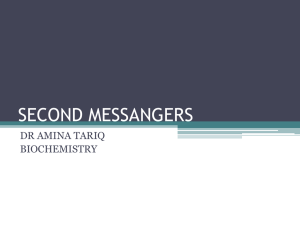New optogenetics process could lead to neurological
advertisement
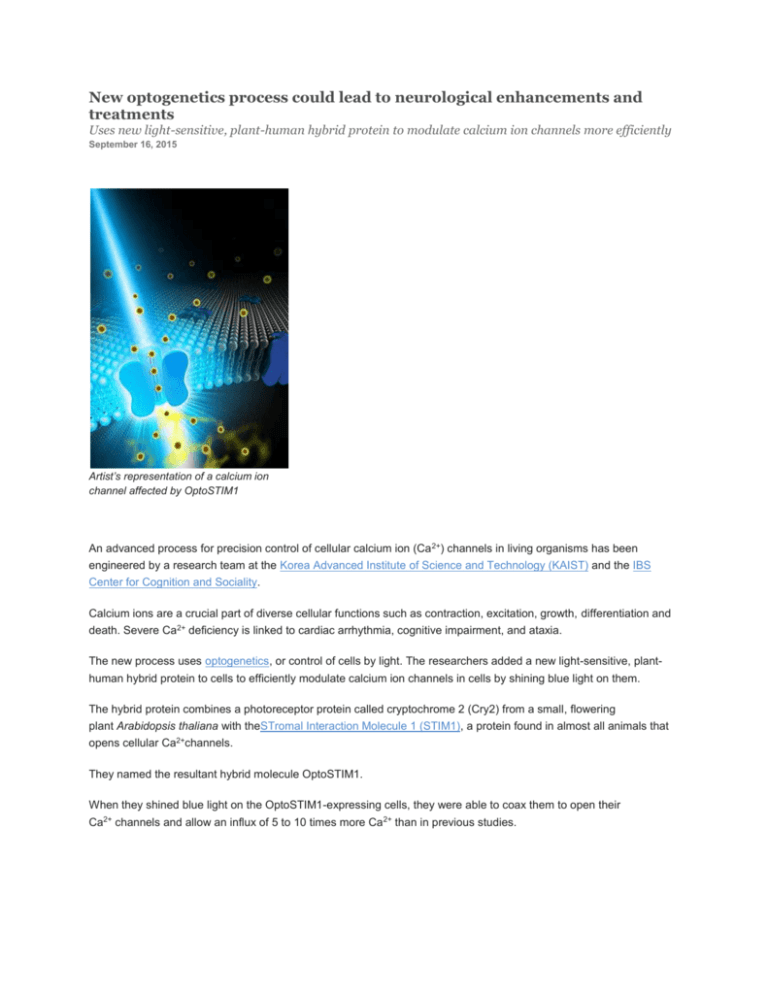
New optogenetics process could lead to neurological enhancements and treatments Uses new light-sensitive, plant-human hybrid protein to modulate calcium ion channels more efficiently September 16, 2015 Artist’s representation of a calcium ion channel affected by OptoSTIM1 An advanced process for precision control of cellular calcium ion (Ca 2+) channels in living organisms has been engineered by a research team at the Korea Advanced Institute of Science and Technology (KAIST) and the IBS Center for Cognition and Sociality. Calcium ions are a crucial part of diverse cellular functions such as contraction, excitation, growth, differentiation and death. Severe Ca2+ deficiency is linked to cardiac arrhythmia, cognitive impairment, and ataxia. The new process uses optogenetics, or control of cells by light. The researchers added a new light-sensitive, planthuman hybrid protein to cells to efficiently modulate calcium ion channels in cells by shining blue light on them. The hybrid protein combines a photoreceptor protein called cryptochrome 2 (Cry2) from a small, flowering plant Arabidopsis thaliana with theSTromal Interaction Molecule 1 (STIM1), a protein found in almost all animals that opens cellular Ca2+channels. They named the resultant hybrid molecule OptoSTIM1. When they shined blue light on the OptoSTIM1-expressing cells, they were able to coax them to open their Ca2+ channels and allow an influx of 5 to 10 times more Ca 2+ than in previous studies. Increasing learning capacity in mice Mouse with blue light apparatus attached To test the functional effect of the Ca2+ influx, the IBS team introduced OptoSTIM1 to the hippocampus of a living mouse. They compared sets of light-illuminated mice to non-illuminated mice expressing OptoSTIM1 in an environment in which they introduced a conditioning cue followed by a fear stimulus. In subsequent tests they observed that light-illuminated mice with the OptoSTIM1 expression had a nearly twofold increase in fear response when placed in the testing environment without the conditioning cue than the non-lightstimulated mice. That indicated that the OptoSTIM1 expression (and resultant Ca2+ uptake) was an effective method for memory enhancement. Neurological enhancements and treatments The researchers say this work opens the door for future research into optogenetically enhanced memory and learning studies and into treating neurological diseases that are a result of a dysfunction in Ca2+ regulation. This may also be a step towards discovering applications for drugs as well as therapeutic Ca 2+ modulation. According to Kyung, “There are diseases that result from dysfunction in cellular Ca 2+ regulation, such as Alzheimer’s disease, so we can apply our system to those areas and hopefully in the near future help people to recover from those diseases.” This may also allow for future non-invasive and non-drug treatments or may help to mitigate and eventually cure some neurological diseases. Team is led by Won Do Heo, associate professor together with Professor Yong-Mahn Han and Professor Daesoo Kim. Abstract of Optogenetic control of endogenous Ca2+ channels in vivo Calcium (Ca2+) signals that are precisely modulated in space and time mediate a myriad of cellular processes, including contraction, excitation, growth, differentiation and apoptosis. However, study of Ca 2+ responses has been hampered by technological limitations of existing Ca 2+-modulating tools. Here we present OptoSTIM1, an optogenetic tool for manipulating intracellular Ca2+ levels through activation of Ca2+-selective endogenous Ca2+ release−activated Ca2+ (CRAC) channels. Using OptoSTIM1, which combines a plant photoreceptor and the CRAC channel regulator STIM1 (ref. 4), we quantitatively and qualitatively controlled intracellular Ca 2+ levels in various biological systems, including zebrafish embryos and human embryonic stem cells. We demonstrate that activating OptoSTIM1 in the CA1 hippocampal region of mice selectively reinforced contextual memory formation. The broad utility of OptoSTIM1 will expand our mechanistic understanding of numerous Ca 2+-associated processes and facilitate screening for drug candidates that antagonize Ca2+ signals. references: Taeyoon Kyung, Sangkyu Lee, Jung Eun Kim, Taesup Cho, Hyerim Park, Yun-Mi Jeong, Dongkyu Kim, Anna Shin, Sungsoo Kim, Jinhee Baek, Jihoon Kim, Na Yeon Kim, Doyeon Woo, Sujin Chae, Cheol-Hee Kim, Hee-Sup Shin, Yong-Mahn Han, Daesoo Kim, Won Do Heo. Optogenetic control of endogenous Ca2 channels in vivo. Nature Biotechnology, 2015; DOI: 10.1038/nbt.3350 related: Increased memory with a flash of light
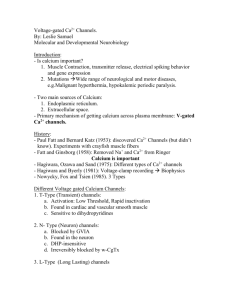

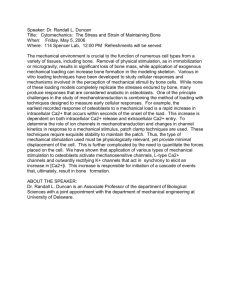
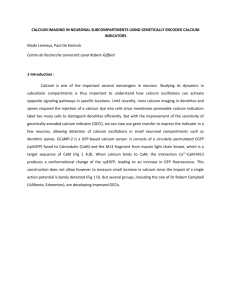
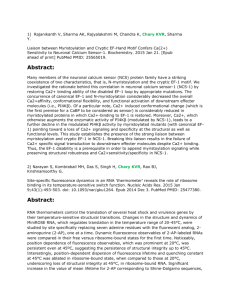

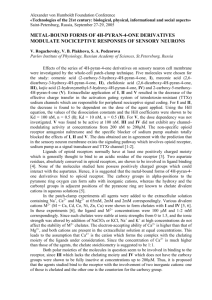
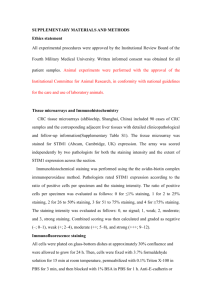

![Substantiation of the Rhod-2 as indicator of cytosolic [Ca2+] Rhod](http://s3.studylib.net/store/data/006893824_1-225923ad9f8cdb438dcdcf307ccbe9bd-300x300.png)
